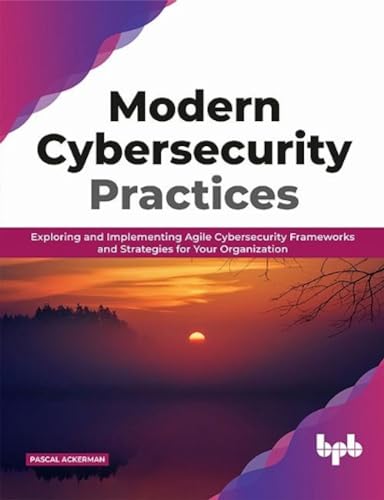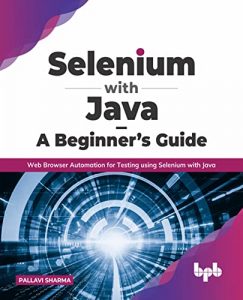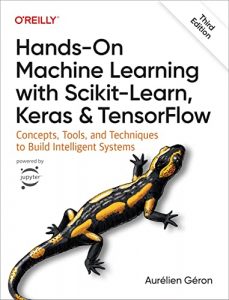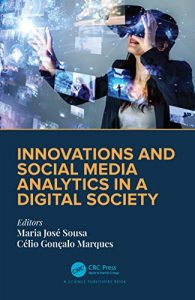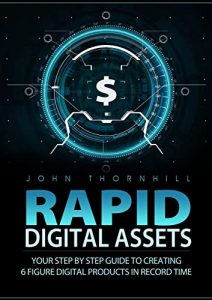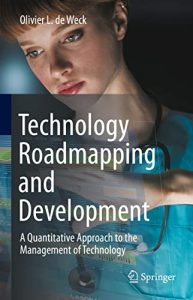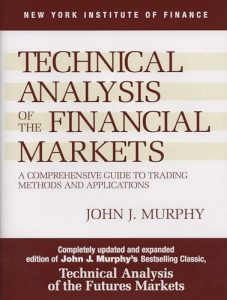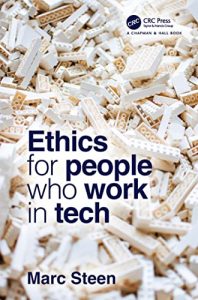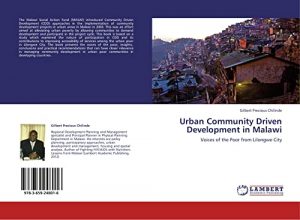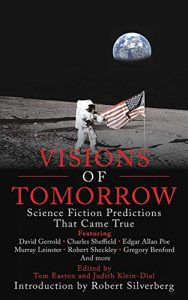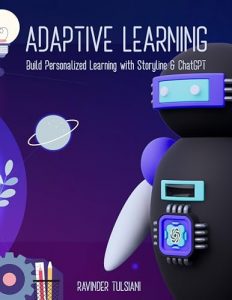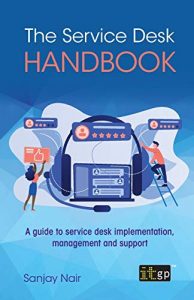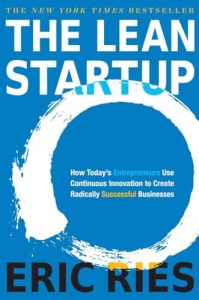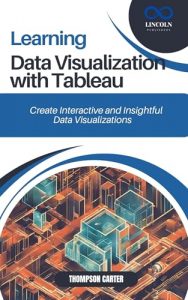Top Essential Reads to Strengthen Your Cybersecurity Knowledge
In a world where cybersecurity threats are constantly evolving, staying informed is no longer an option—it’s a necessity. Whether you’re a seasoned IT professional or just beginning your journey into the cybersecurity realm, these must-read books will provide vital insights into modern cyber practices and frameworks.
1. Modern Cybersecurity Practices: Exploring And Implementing Agile Cybersecurity Frameworks and Strategies for Your Organization
Authored by Pascal Ackerman, this practical guide emphasizes the importance of agile cyber frameworks in today’s fast-paced environment. It explores various strategies essential for organizations to not just defend against, but thrive amidst cyber threats. With its actionable advice and relatable case studies, this book is an indispensable resource for implementing robust cybersecurity measures. Whether you’re seeking to refine your existing strategies or establish new protocols, Ackerman’s insights will be invaluable to your organization’s success.
2. Implementing Cybersecurity: A Guide to the National Institute of Standards and Technology Risk Management Framework
In this comprehensive work, authors Anne Kohnke, Ken Sigler, and Dan Shoemaker delve deep into the National Institute of Standards and Technology (NIST) Risk Management Framework. This book is designed specifically for IT and internal auditors, providing essential guidelines to effectively implement cybersecurity measures in organizations of all sizes. With extensive coverage of risk management strategies, it stands as a critical reference for professionals aiming to align IT operations with industry standards.
3. Information Security and Cybersecurity Frameworks 101
Russell Nomer gives readers a foundational understanding of information security and various cybersecurity frameworks in his upcoming publication. This book is a perfect starting point for those new to the field, breaking down complex concepts into digestible parts. Nomer’s engaging writing style coupled with practical examples provides readers the knowledge they need to understand the cybersecurity landscape today.
4. Mergers & Acquisitions Cybersecurity: The Framework For Maximizing Value
Lawrence Grant addresses a unique aspect of cybersecurity with this essential read that focuses on mergers and acquisitions. He presents effective frameworks to ensure that cybersecurity measures are an integral part of the M&A process, maximizing stakeholder value. This book is vital for business leaders looking to navigate the complex interplay of cybersecurity during transitional phases in organizations.
5. Reinventing Cybersecurity
This collaborative work features insights from multiple experts, including Jasmine Henry and Dr. Meg Layton, promoting innovative approaches to cybersecurity. By discussing a variety of protective strategies against emerging threats, the authors invite readers to rethink traditional practices, making this book a must-read for those committed to evolving their cybersecurity posture.
6. Governance AI Cybersecurity Roadmap
Donald and Kathy Sallot offer a forward-looking perspective on cybersecurity with their Governance AI playbook. This roadmap provides a holistic view of how artificial intelligence can be integrated to enhance cybersecurity measures. As AI’s role in cybersecurity continues to expand, understanding this intersection is crucial for future-proofing an organization’s security strategy.
7. Unveiling the NIST Risk Management Framework (RMF)
Thomas Marsland provides a practical guide to NIST’s Risk Management Framework, detailing its significance in risk management across various industries. With a practical approach, this book helps organizations implement RMF effectively, ensuring compliance and robust risk management practices go hand in hand with operational strategies.
8. Implementing NIST Cybersecurity Framework 2.0: A Comprehensive Guide for IT Professionals in SMEs
Edgardo Fernandez Climent’s guide for small to medium-sized enterprises offers actionable insights into implementing version 2.0 of the NIST Cybersecurity Framework. His straightforward methodology and real-world applications make this book an essential tool for IT professionals eager to protect their organizations from growing cyber threats.
9. Fundamentals of Adopting the NIST Cybersecurity Framework
Authored by David Nichols and David Moskowitz, this work dives into the essential elements of adopting the NIST Cybersecurity Framework. It focuses on creating, protecting, and delivering digital business value, making it an essential resource for executives and decision-makers looking to navigate the complexities of cybersecurity.
10. National Cybersecurity Framework: A Solution for ‘Agile Cybersecurity’
Mark A. Russo introduces an innovative approach termed “Agile Cybersecurity,” emphasizing swift implementation techniques. This book serves as a blueprint for organizations intent on enhancing their cybersecurity posture through agility and adaptability, ensuring that they can rapidly respond to emerging threats and vulnerabilities.
With the growing complexity of cybersecurity threats, reading these books will empower you with the knowledge and strategies needed to effectively combat potential risks. Take the time to invest in your cybersecurity education and elevate your organization’s defenses.

